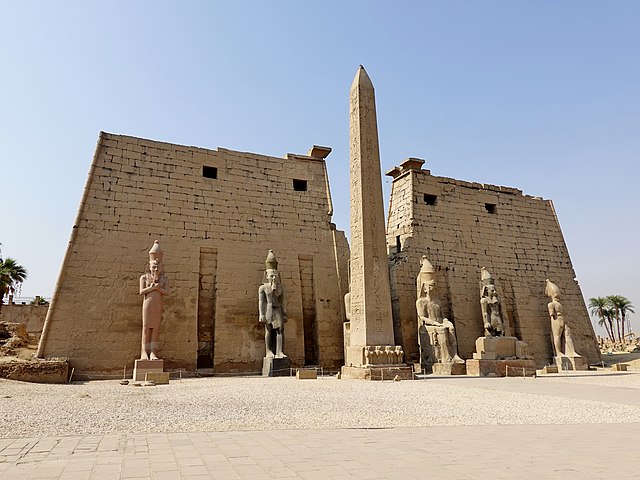Monument to the People's Heroes
The Monument to the People's Heroes is a ten-story obelisk that was erected as a national monument of China to the martyrs of revolutionary struggle during the 19th and 20th centuries. It is located in the southern part of Tiananmen Square in Beijing, in front of the Mausoleum of Mao Zedong. The obelisk monument was built in accordance with a resolution of the First Plenary Session of the Chinese People's Political Consultative Conference (CPPCC) adopted on November 30, 1949, with construction lasting from August 1952 to May 1958. The architect of the monument was Liang Sicheng, with some elements designed by his wife, Lin Huiyin. The civil engineer, Chen Zhide (陈志德) was also instrumental in realizing the final product.
Monument from southwest, 2014
Representatives attending the First Plenary Session of the People's Political Consultative Conference held the Foundation Stone Laying Ceremony of the Monument to the People's Heroes in Tiananmen Square in 1949
Commemorative Stamps for the Monument to the People's Heroes, No. 47, Issued in May 1958
Epitaph in gold
An obelisk is a tall, four-sided, narrow tapering monument which ends in a pyramid-like shape or pyramidion at the top. Originally constructed by Ancient Egyptians and called tekhenu, the Greeks used the Greek term obeliskos to describe them, and this word passed into Latin and ultimately English. Though William Thomas used the term correctly in his Historie of Italie of 1549, by the late sixteenth century, Shakespeare failed to distinguish between pyramids and obelisks in his plays and sonnets. Ancient obelisks are monolithic and consist of a single stone; most modern obelisks are made of several stones.
One of the two Luxor Obelisks, on the Place de la Concorde in Paris; a red granite monolithic column, 23 metres (75 feet) high, including the base, which weighs over 250 metric tons (280 short tons).
Pylon of the Temple of Luxor with the remaining Luxor Obelisk in front (the second is today on the Place de la Concorde in Paris)
Obelisk of Pharaoh Senusret I, Al-Maalla area of Al-Matariyyah district in modern Heliopolis, Egypt
Tip of Hatshepsut's fallen obelisk, Karnak Temple Complex, Luxor, Egypt








